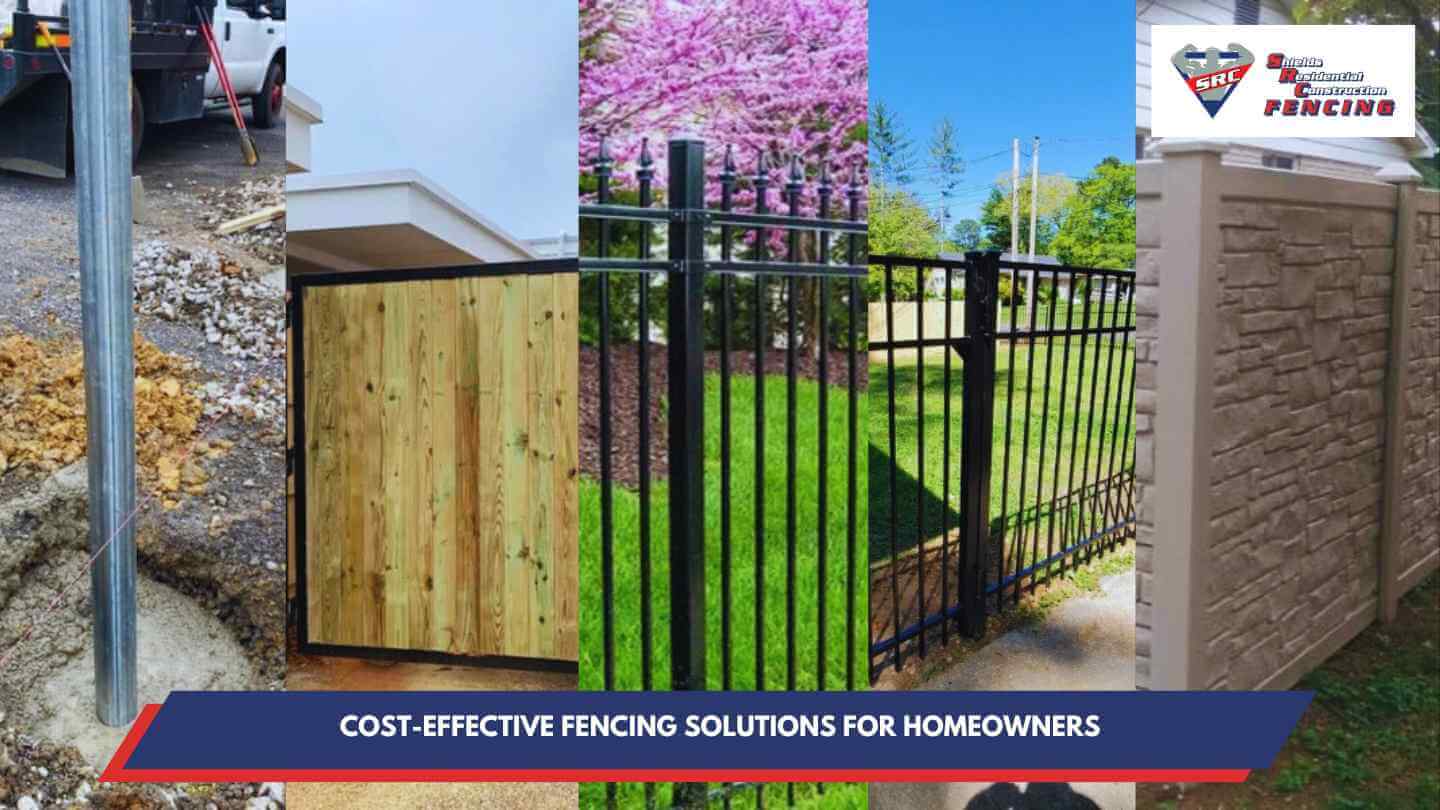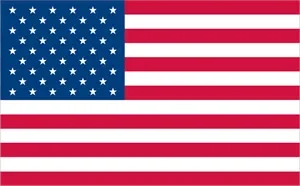Introduction
As a homeowner, one of the essential decisions you’ll make involves choosing the right fence for your property. Whether you’re aiming for privacy, security, or simply enhancing your home’s curb appeal, a well-chosen fence can serve multiple purposes. However, the challenge often lies in finding a fencing solution that is not only effective but also cost-efficient. In this comprehensive guide, we delve deep into the world of cost-effective fencing solutions to help you navigate through your options without breaking the bank.
- Learn about different fencing materials that offer both quality and affordability.
- Get insights on how to handle fence installation yourself to save costs.
- Explore unconventional yet effective fencing ideas that can set your property apart.
- Arm yourself with knowledge about the durability, maintenance, and legal considerations associated with different types of fences.
- Learn how to choose the right fencing company to get the best value for your investment.
By the end of this guide, you’ll be equipped with all the necessary information to make a well-informed decision about fencing solutions that align with your budget, aesthetic preferences, and functional needs.
Understanding Your Fencing Needs
Identifying the Primary Purpose of Your Fence
- Privacy: Seeking a secluded space? Consider taller, solid fences like wood or vinyl for maximum privacy.
- Security: For heightened security, robust materials and designs, such as wrought iron or chain link fences, are ideal.
- Aesthetic Appeal: Enhance your home’s curb appeal with visually appealing options like wood, vinyl, or decorative metal fences.
- Property Size and Layout: The size and shape of your property can influence the type of fence you choose.
- Local Climate: Certain materials fare better in specific climates. For instance, vinyl and metal withstand harsh weather conditions better than wood.
- Neighborhood Style: Your choice should complement the overall look of your neighborhood to maintain harmony and curb appeal.
- What is the main function of the fence (privacy, security, aesthetic appeal)?
- How does the local climate affect my fencing material choice?
- What fencing styles are prevalent in my neighborhood?
By answering these questions, you’ll be better positioned to choose a fencing solution that not only meets your needs but also adds value to your property.
Types of Affordable Fencing Materials
Wood Fencing
- Overview: A traditional choice, wood fencing offers a natural, classic look.
- Cost: Treated pine is more budget-friendly, with costs ranging between $7 and $15 per linear foot.
- Pros: Enhances curb appeal, variety of styles, offers privacy.
- Cons: Requires regular maintenance, susceptible to weather-related damages.
Vinyl Fencing
- Overview: A modern, low-maintenance option, known for its sleek appearance.
- Cost: Generally more expensive than wood, averaging $20 to $40 per linear foot.
- Pros: Durable, low maintenance, long lifespan.
- Cons: Can be damaged by extreme weather conditions.
Chain Link Fences
- Overview: Known for affordability and functionality.
- Cost: Generally the most affordable option.
- Pros: Durable, low maintenance, provides security.
- Cons: Lacks aesthetic appeal and privacy.
Alternative Materials
- Metal: Durable and stylish but can be costly.
- Composite: Combines the look of wood with the durability of plastic.
- Stone: Offers a unique, premium look but at a higher price point.
Comparative Analysis
- Wood vs. Vinyl: Wood is more affordable initially but requires more upkeep. Vinyl, though pricier, offers long-term savings due to low maintenance.
- Chain Link vs. Composite: Chain link is more affordable and durable, while composite offers better aesthetics.
In selecting the right material, consider the long-term implications of maintenance, durability, and overall appearance on your property’s value and your personal satisfaction.
Considering DIY Fencing Solutions: Pros and Cons
Challenges of DIY Fencing
- Expertise Required: Proper fence installation requires specific skills and knowledge that might be beyond the average homeowner’s expertise.
- Time and Effort: DIY projects can be time-consuming and physically demanding.
- Risk of Mistakes: Errors in installation can lead to additional costs and may impact the fence’s durability and appearance.
When to Avoid DIY Fencing
- If you lack experience in construction or fencing.
- When the project is large-scale or complex.
- If you’re unsure about property lines or local zoning laws.
Alternative: Professional Fence Installation
- Expertise: Professionals have the necessary skills and experience.
- Efficiency: Faster installation with higher quality results.
- Peace of Mind: Less stress and assurance of a job well done.
- Long-Term Value: Correct installation ensures longevity, potentially saving money over time.
While DIY can save upfront costs, the potential risks and the importance of a well-installed fence often make professional installation a more reliable choice.
Creative and Unconventional Fencing Ideas
Using Salvaged Materials
- Idea: Utilize salvaged wood, metal, or other materials for a unique, eco-friendly fence.
- Benefits: Cost savings and environmental friendliness.
- Consideration: Ensure the materials are structurally sound and suitable for outdoor use.
Artistic Fencing Elements
- Idea: Incorporate artistic designs or patterns into your fence.
- Benefits: Adds a personal touch and aesthetic appeal.
- Tips: Use stencils or mixed materials for a standout look.
Pallet and Corrugated Metal Fencing
- Pallet Fencing: Utilize wooden pallets for an affordable, rustic fence.
- Corrugated Metal: Offers a modern, industrial look and is highly durable.
Tips for Unconventional Fencing
- Research and Planning: Ensure your design meets local regulations.
- Quality Matters: Even with creative solutions, don’t compromise on material quality.
- Professional Advice: Consider consulting a professional for structural integrity and installation tips.
Unconventional fencing can be a fantastic way to express creativity while adhering to a budget. However, it’s important to balance innovation with practicality and legal compliance.
Aesthetics vs. Functionality in Fencing Choices
Balancing Curb Appeal with Practical Use
- Visual Appeal: The fence should complement your home’s architectural style and landscape.
- Functionality: It should serve its intended purpose, whether for privacy, security, or boundary marking.
Factors to Consider
- Material and Design: Select materials and designs that align with both your aesthetic preferences and functional needs.
- Neighborhood Style: Consider the prevalent styles in your area to ensure your fence blends in harmoniously.
Maximizing Aesthetic and Functional Value
- Customization: Tailor your fence’s design to reflect your personal style while meeting practical requirements.
- Professional Consultation: Seek advice from fencing professionals or landscape designers for ideas that combine beauty and utility.
Remember, a well-chosen fence can significantly enhance your home’s curb appeal while fulfilling practical needs, making it a wise investment in your property.
Durability and Maintenance of Different Fencing Materials
Wood Fencing
- Durability: Susceptible to weathering, rot, and insect damage.
- Maintenance: Requires regular staining or painting for preservation.
Vinyl Fencing
- Durability: Highly resistant to weathering, rot, and insects.
- Maintenance: Needs occasional cleaning but no painting or staining.
Metal Fencing (e.g., Wrought Iron, Chain Link)
- Durability: Extremely durable and long-lasting.
- Maintenance: May require rust protection treatments.
Composite Fencing
- Durability: Combines the strength of plastic with the look of wood, resistant to many common issues.
- Maintenance: Low; occasional cleaning is usually sufficient.
Tips for Ensuring Longevity
- Regular Inspections: Periodically check your fence for any signs of damage or wear.
- Prompt Repairs: Address issues like loose boards or rust spots immediately to prevent further damage.
- Professional Maintenance: Consider hiring professionals for routine maintenance to extend your fence’s lifespan.
By understanding the maintenance needs and durability of each material, you can make an informed decision that balances initial costs with long-term value.
Budgeting for Your Fencing Project
Estimating Costs
- Material Costs: Calculate the cost per linear foot for your chosen material.
- Installation Costs: Factor in labor costs if you’re hiring professionals.
- Additional Expenses: Consider costs for gates, hardware, and any special features.
Tips for Staying on Budget
- Get Multiple Quotes: Compare prices from different suppliers and contractors.
- DIY vs. Professional Installation: Weigh the cost savings of DIY against the expertise of professional installation.
- Long-Term Costs: Consider maintenance and potential repairs in your budget.
Financial Planning
- Set a Realistic Budget: Determine what you can afford and stick to it.
- Explore Financing Options: Some companies offer payment plans or financing options.
By carefully planning and researching your options, you can find a fencing solution that meets your needs without exceeding your budget.

Conclusion: Choosing the Cost-Effective Fencing Solution
In conclusion, selecting the right fencing solution for your home is a significant decision that impacts not only your property’s security and aesthetics but also its overall value. By understanding the different materials available, considering DIY vs. professional installation, and being mindful of legal and neighborhood factors, you can make a choice that balances cost, functionality, and style. Remember, a fence is more than just a boundary; it’s a long-term investment in your home.
If you’re located in Oldfort, TN, or the surrounding areas, consider SRC Fencing for your fencing needs. Our team of experts is dedicated to providing high-quality service, from helping you select the right material to professional installation.
Why Choose SRC Fencing?
- Expertise in Various Fencing Types: Wood, vinyl, chain link, and more.
- Customized Solutions: Tailored to your property’s needs and style.
- Quality Installation and Repair Services: Ensuring durability and customer satisfaction.
Contact Us Today
Ready to take the next step? Contact SRC Fencing for a free consultation and quote. Let us help you enhance your property’s security, privacy, and curb appeal with a fence that suits your budget and style.

